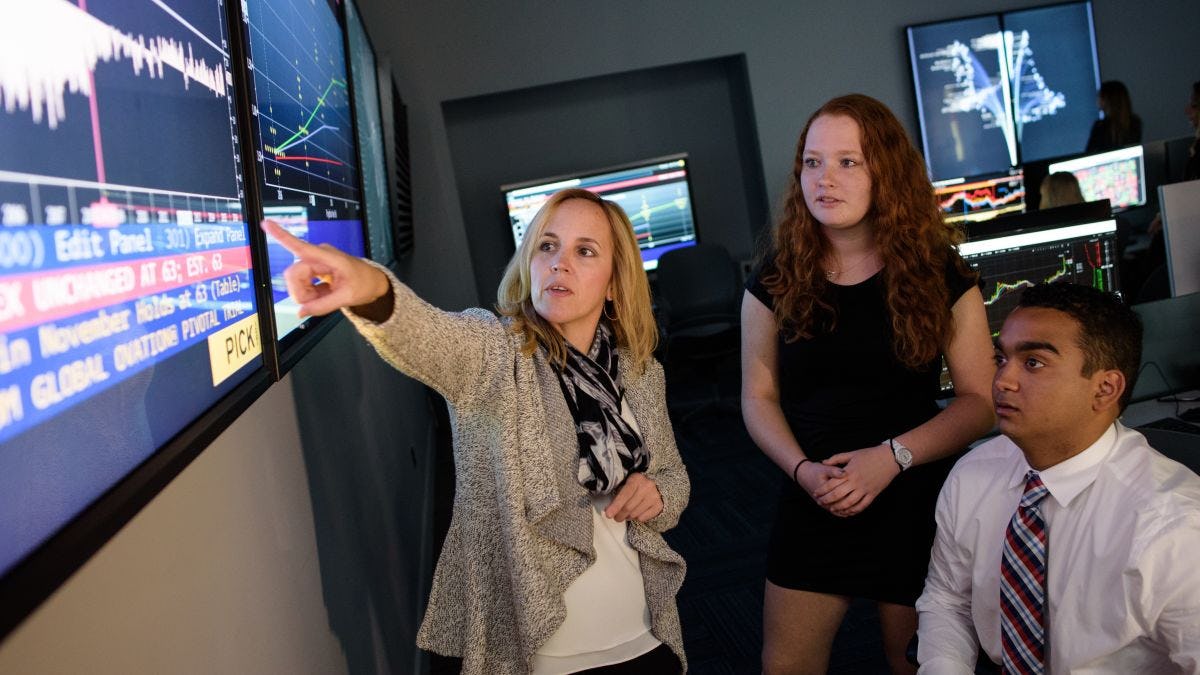
Online Master's in Financial Engineering
Program Details
Degree
Master of ScienceSchool
School of BusinessDepartment
School of Business Graduate ProgramAvailable
On Campus & OnlineBring a quantitative approach to the complex technical challenges facing the finance industry, ensuring you can create value throughout your career.
The Master of Science in Financial Engineering is a 30-credit degree program that addresses the needs of students looking to advance their management careers in the financial sector. For a sequence of recommended courses, see below:
Basic Math Foundation Track
Term | Course | Credits |
|---|---|---|
1 | 3 Credits | |
1 | 3 Credits | |
2 | 3 Credits | |
2 | Elective | 3 Credits |
3 | 3 Credits | |
3 | 3 Credits | |
4 | 3 Credits | |
4 | Elective | 3 Credits |
5 | Elective | 3 Credits |
5 | 1-6 Credits |
Note : 630 and 680 may be swapped.
Advanced Math Foundation Track
Term | Course | Credits |
|---|---|---|
1 | 3 Credits | |
1 | 3 Credits | |
2 | 3 Credits | |
2 | 3 Credits | |
3 | 3 Credits | |
3 | Elective | 3 Credits |
4 | Elective | 3 Credits |
4 | Elective | 3 Credits |
5 | Elective | 3 Credits |
5 | 1-6 Credits |
